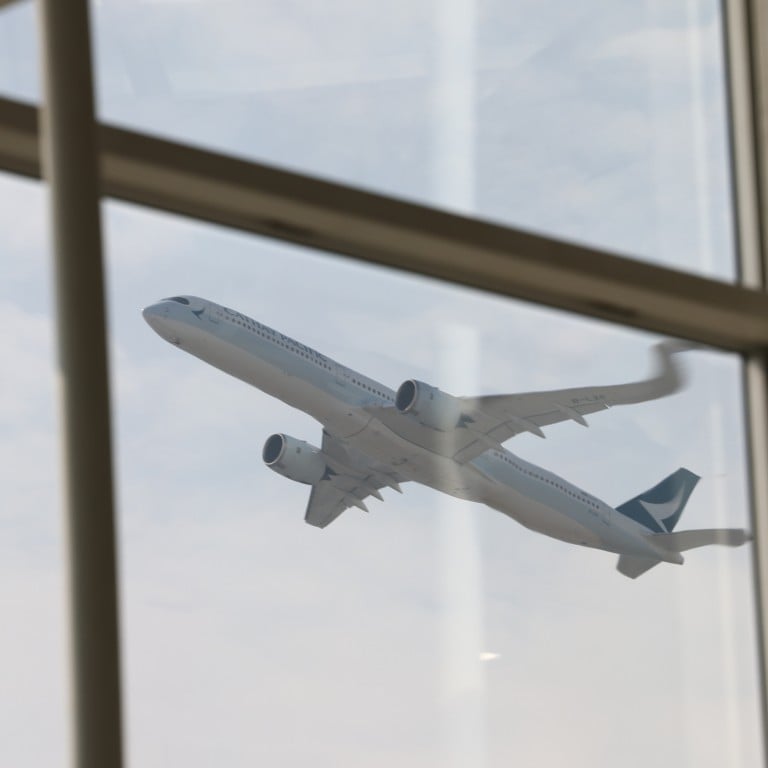
Hong Kong’s Cathay must address hopes on lower fares and improved service
- Return to profit by city airline is welcome, but addition of routes, increased flight frequency and friendlier prices rest on more planes and workers
Signs that Hong Kong’s aviation sector is taking off after years of pandemic headwinds emerged this week. While the positive recovery witnessed by the city’s flagship carrier and cargo handlers is to be welcomed, operators must address concerns about staffing and customer service so the industry may maintain its trajectory.
Cathay Pacific Airways reported its first profit in four years on Wednesday. Group chairman Patrick Healy said the company had “finally left the Covid-19 pandemic behind”, with net profit of HK$9.78 billion (US$1.25 billion) in 2023 after a net loss of HK$6.2 billion the previous year.
Chief executive Ronald Lam Siu-por said Cathay had allowed employees to share profits, but Hongkongers were right to ask when they could expect to see recovery dividends in the form of lower ticket prices and greater flight capacity.
As the city tries to reinvigorate its economy by attracting visitors, more direct routes to and from Hong Kong and frequent flights at affordable fares may be a win-win solution. Cathay aims to return to 80 per cent of its pre-pandemic passenger flight capacity by July.

It is also time for the carrier to indicate when it will repay taxpayer funds that helped it through the Covid crisis.
There was positive news for the air cargo sector on Monday when the Airport Authority reported that its sea-air logistics park in mainland China had handled HK$1.1 billion worth of cargo in the first two months of the year. The decade-long status of Hong Kong International Airport being the world’s busiest cargo terminal was lost to the US city of Memphis in 2020, the first year of the pandemic.
Hong Kong bounced back to No 1 the following year, and in 2022 had nearly 4.2 million tonnes of throughput. In January, there was an extra year-on-year increase of 31.1 per cent.
But staff shortages threaten to weigh down further recovery for passenger and cargo capacity. Cathay officials said they planned to hire 20 per cent more staff, or 5,000 people, to reach a total of 29,000 this year.
They said the company had “learned a lesson” from recent flight cancellations stemming from a shortage of pilots, so its target for restoring pre-Covid capacity has been pushed back three months to early 2025. The airline earlier suspended orders for new aircraft as it scrambled to navigate the pandemic storm.
Hong Kong’s Cathay ‘learns lesson’, pushes back capacity target by 3 months
An ageing fleet threatens to put off more customers now weighing their options as they return to the skies. Cathay recently ordered more aircraft to handle freight, but is yet to reveal details on hiring crews to fly them.
Cathay faces strong competition from rivals in both the city and region. It is time for the carrier to come up with a comprehensive strategy to attract employees as well as customers.
They are the ultimate keys to success for the airline and aviation industry.

